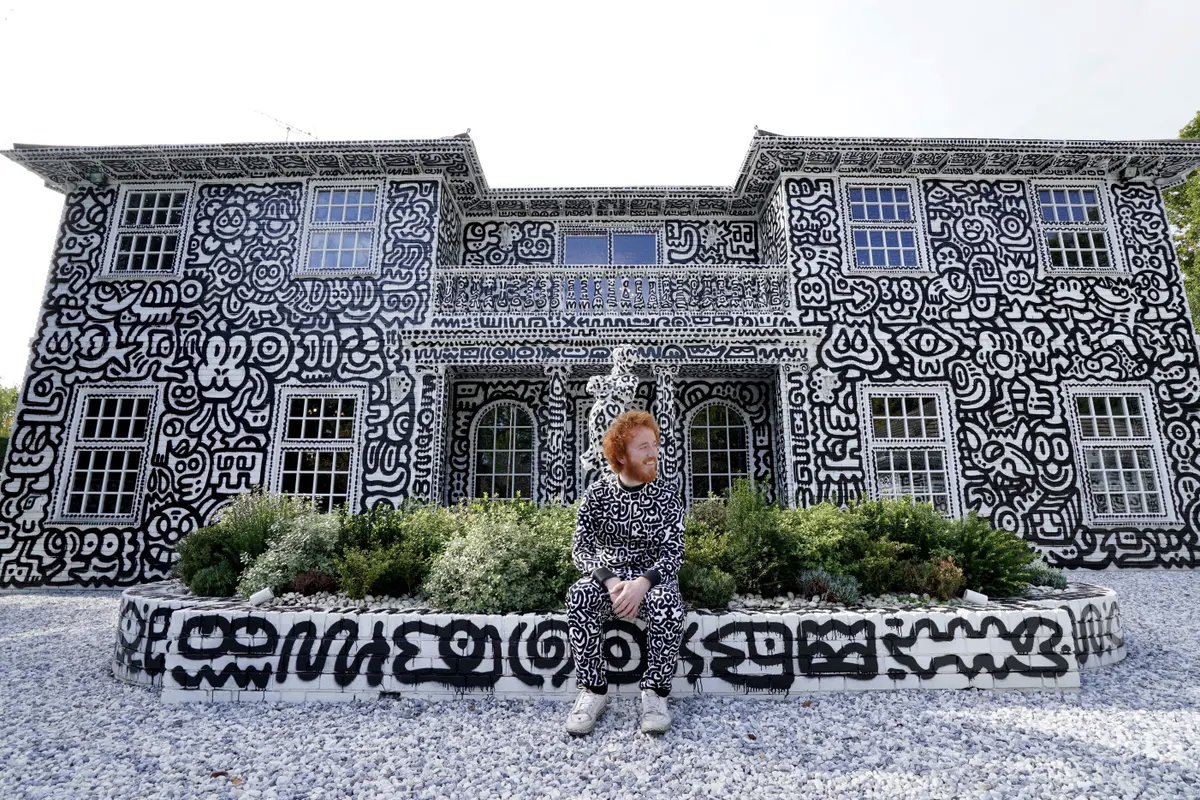Century Games: How to hire for a no-name company
In "cases' we share stories of our most interesting and complex challenges.
Invalid DateRead 4 min.

Century Games: How to hire for a no-name company

In "cases' we share stories of our most interesting and complex challenges.
Invalid DateRead 4 min.
Century Games
The company creates mobile educational games for people of all ages and skill levels. Our task is to build an art team of five in Kyiv: Art-director, UI/UX, a Concept Artist, and two Senior 2D-Animators.

Challenge
We always immerse companies in how the HR brand works and help build that brand. Years of experience show that investments in employer branding always pay off in lower recruiting costs. These investments end up in a queue for every job position company opens.
The Century Game case is the reverse. Exactly zero people knew the company on the market. Well, not zero, we knew - but it didn't make it any easier. Century Game had no external communications on Ukrainian market - actually, no communications at all:
◾️ The website was built on Squarespace, has a poor structure, and lacks valuable information.
◾️ Twitter and Facebook exist, but not effective.
◾️ In the end, there are no mentions of company in the media.
But there is some good news:
◾️ Open and easy-going team. We felt that we can work together, chasing a common goal, and the effort will pay off.
◾️ The company was ready to pay above the market salaries - sometimes twice (x2) above.
◾️ The team approached candidates individually and was ready to discuss their needs and turn them into reality.
The job did not look easy, but when you meet a team that really cares about people, you feel the need and desire to do the best you possibly can.
Process
Step 1: Discovery
The discovery phase is like a date between the company and the recruitment team. It takes time and the right questions to understand each other's traits, culture specifics, preferences, approach to decision-making, and "hell yeah / absolutely no" criteria.
Hiring art positions is complicated because you need to understand the style appropriate for the product. This may seem easy, but trust us - it's not. We passed the high-intensity course of an artistic "marine corpse", and learned to distinguish artists by their portfolios. At least, we thought that because everything became more brutal in a couple of days.

Step 2: Brainstorm and strategize
Hiring artists through traditional recruiting tools is like looking for a hipster coffee shop in a small city somewhere in the Poltava region — it may be there, and it may have good coffee, but you will spend too much time and effort looking for it. So we expanded the search tools — connecting Artstation and Behance so that the first communication step is not a CV but a portfolio.
Then, in a few days, we worked out the communication strategy and made the vacancies. The main problem, as we said, is that no one knows the company. So the posting had to be perfect. After all, we "sell" the company to candidates, not the other way around. Website and media will not be of help, so we, as hardcore salesmen, explained how incredible the team of Century Game is and how creative the work conditions are.
Step 3: Fail
Although we started with a portfolio, we failed at the first stage. The candidates fit all the criteria — values, character, culture, skills, portfolio — but didn't fit the company's art style.
At this stage, we understood how important it is and felt the art style of Century Game. With this new feeling, we went on the second round of searching.
Step 4: Changing the hiring process to succeed
We did our homework and rebuilt the hiring process:
- First, we check the portfolio and gather all of them in a single base.
- Next, we share it with the client, but with no detailed information on the candidates.
- We get feedback and analyze what worked and what did not.
- Then we create a base of candidates from the ones that suit the art style.
- With every feedback cycle, we knew better who was suitable and who was not.
These five steps helped us to build an effective filtering process, which accelerated us and made us more efficient.
Result
It took us 4.5 months to gather the team, and the new team members fit into the company perfectly.
Based on successful hiring, the team decided to expand. But then, out of nowhere - COVID knocked on the door. And no matter how unpleasant this news was, it untied our hands because we started hiring a remote. Ultimately, it accelerated recruitment, and we closed many job positions faster.
Numbers
🔥 During the entire cooperation, we hired 23 specialists and continued working on new vacancies.
🔥 The fastest vacancy to close was in 23 days (Senior 2D-Animator).
🔥 We submitted 244 candidates overall.
🔥 The maximum hiring delay was 19 days.
Our cooperation continues. We learned to feel what Century Game needs and increased the number of good designers in our base by several hundred people.
So if you have art job positions, you know who to contact.
Questions left?
Fill the form, and we will provide you with FREE consultation
Questions left?
Fill the form, and we will provide you with FREE consultation
Popular

Nextiva Case-study: How to hire a team of 110 in 12 months
11/16/2022Read 4 min.Read more →
How to hire in a startup, IT outsource and product
6/5/2022Read 4 min.Read more →
The Rules of the Recruiting Game in 2022
6/5/2022Read 7 min.Read more →
What is the real cost of your hires?
6/7/2022Read 3 min.Read more →
A Recruitment Optimization Guide
6/23/2022Read 8 min.Read more →
Century Games: How to hire for a no-name company
11/24/2022Read 4 min.Read more →